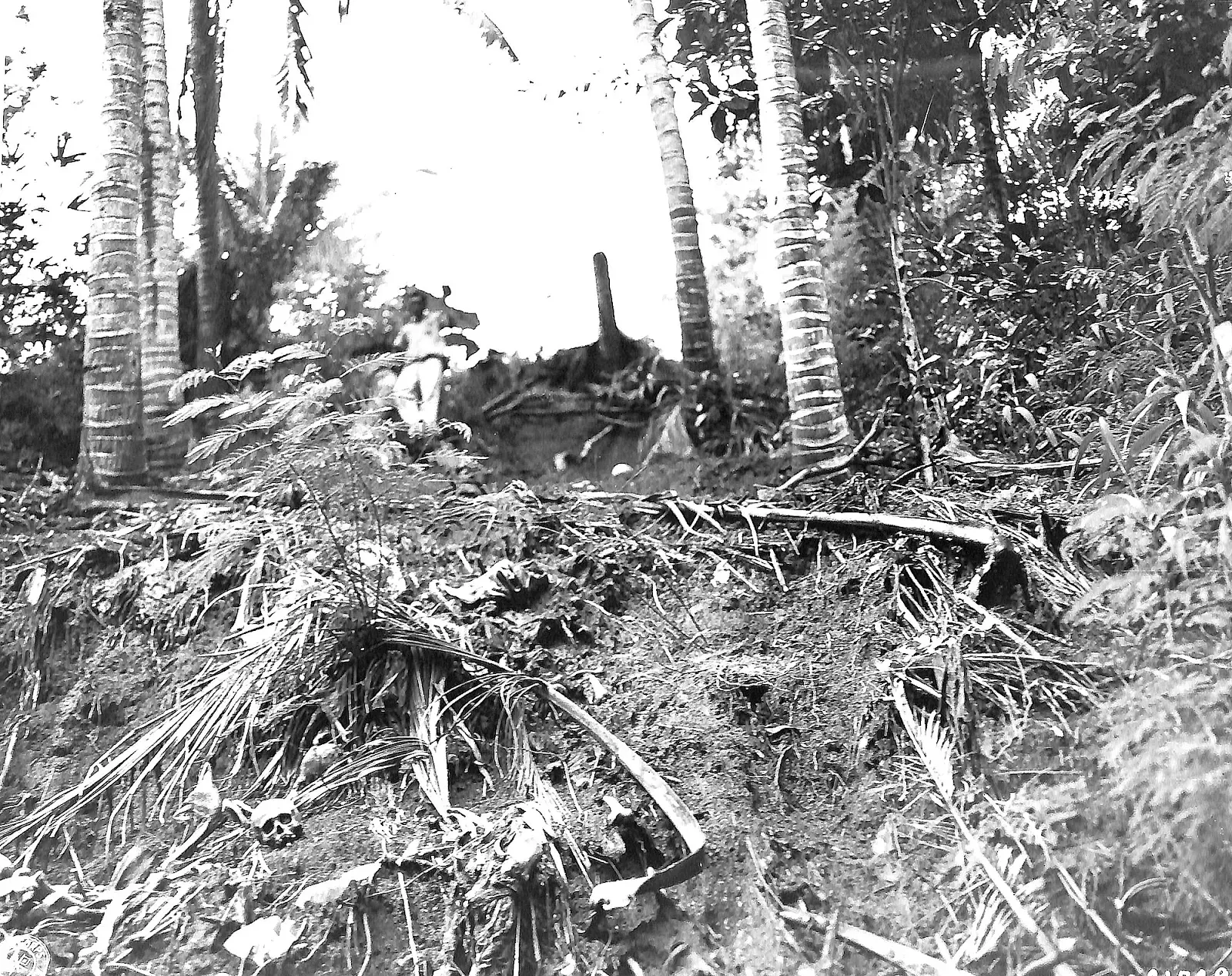US Army Documentation and Photos of the Pamintahan, Lipa Massacre of 1945
The 27th of February in the year 1945 was one of the darkest days in the history of the now City of Lipa in Batangas. Inevitably, with the passage of time, people in the city are talking less and less of this day. There are still, however, those who have vague recollections from stories told by parents and grandparents of this day people refer to simply either as the “Lipa massacre” or the “Pamintahan massacre.”
In a nutshell, at least 500 male civilians from the barrios of Anilao and Antipolo in Lipa were rounded up by Japanese forces that fateful day on the false pretext that they would be issued passes allowing them to move around in Japanese-controlled area. Initially, the men were marched to a minor seminary, presumably a holding center, and subsequently brought presumably by batches to the banks of the Pamintahan brook where they systematically bayoneted. Their bodies were then dumped into the brook below1.
World War II in the Western Pacific having been concluded with the surrender of Japan in August 1945, the United States Army could focus its attention on the prosecution of war criminals, including those responsible for the massacre at the Pamintahan Brook in Lipa.
The Judge Advocate General Services of the United States Army Forces Western Pacific, based in the Philippines after the war, compiled a comprehensive dossier on the perpetrators of the “massacre of approximately twenty-two hundred and ninety-eight2 Filipino civilians and the looting and destruction of Lipa, Batangas, P.I. in February 19453.”
Excerpts from this dossier are presented below, including photographs related to the Paminahan Brook massacre along with signed certifications by United States Army officers assigned to investigate and document the incident.
CAUTION: SOME OF THE PICTURES MAY BE DISTURBING TO SOME PEOPLE.
 |
| Ruins of the Minor Seminary, on the Rosario Rd. near Lipa, Batangas, P.I. Photo from the US National Archives. Caption from the JAGS dossier. |
C E R T I F I C A T E
Investigating Detachment.
Investigating Detachment.
 |
| Photograph of the house where the victims were taken. Photo from the US National Archives. Caption from the JAGS dossier. |
C E R T I F I C A T E
Investigating Detachment.
Investigating Detachment.
 |
| Photograph of Santos Bautista pointing to the spot where many Filipinos were killed. Photo from the US National Archives. Caption from the JAGS dossier. |
C E R T I F I C A T E
Investigating Detachment.
Investigating Detachment.
 |
| Photograph of the bottom of the Pamintahan Brook taken from above. Photo from the US National Archives. Caption from the JAGS dossier. |
C E R T I F I C A T E
Investigating Detachment.
Investigating Detachment.
 |
| Photograph of the scene where victims were bayonetted. Photo from the US National Archives. Caption from the JAGS dossier. |
C E R T I F I C A T E
Investigating Detachment.
Investigating Detachment.
2 The word “approximately” is crucial to the statement. The number is much lower than the number given by author Deidre de la Cruz in her book and most other estimates of the total number of people killed by the Japanese in the town of Lipa. The relatively low number provided by the United States Army dossier probably refers to those that had, at the time (1947) been accounted for.
3 “Report #84,” Major E. P. F., Chief, Review Division, United States Army Judge Advocate General Services. Online at Bataan Legacy.
